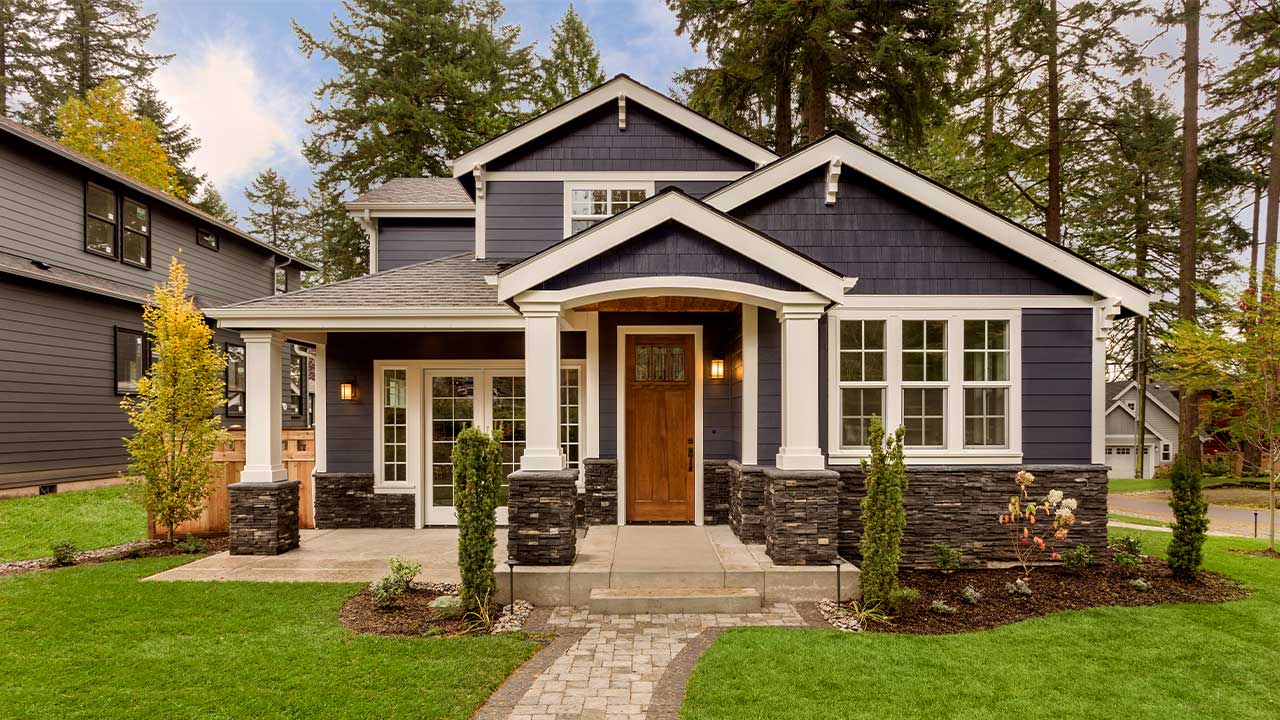The Future of Property: Fads and Opportunities to Watch
As the real estate landscape progresses, it becomes progressively crucial to recognize the arising trends and possibilities that will certainly define the industry in the coming years. With these dynamics at play, a better assessment of the approaches and adjustments required for success exposes appealing possibilities that could improve financial investment methods and market habits.
Technical Innovations in Real Estate
In the last few years, the property field has actually embraced a wave of technical technologies that are changing traditional techniques. These improvements have actually substantially boosted efficiency, openness, and decision-making processes within the sector. One of one of the most notable innovations is the rise of large information analytics, which allows realty professionals to assess market trends, forecast property values, and determine investment chances with unprecedented accuracy. This data-driven strategy allows stakeholders to make informed choices and decreases the threats connected with residential or commercial property transactions.
Additionally, virtual fact (VR) and boosted fact (AR) modern technologies are changing building advertising and marketing by supplying immersive experiences for potential purchasers and renters. These devices allow clients to conduct virtual excursions of homes, thereby enhancing the search process and improving customer engagement. In addition, blockchain modern technology is obtaining traction as a way to safeguard transactions and maintain transparent records, consequently lessening fraudulence and expediting the closing procedure.
Smart home innovations are likewise coming to be progressively prevalent, making it possible for homeowners to keep an eye on and control their properties from another location (Real Estate Lockhart). Collectively, these technical advancements are improving the landscape of realty, fostering a more efficient, transparent, and customer-centric sector
Demand for Sustainable Residences
As consumers increasingly prioritize environmental duty, the need for sustainable homes has risen in the actual estate market. This change reflects a more comprehensive social pattern toward sustainability, with homebuyers and financiers seeking buildings that minimize ecological impact while taking full advantage of power effectiveness. Attributes such as solar panels, energy-efficient devices, and sustainable structure materials are currently considered as essential instead than optional.

Additionally, the increase of environmentally friendly neighborhoods, which prioritize walkability and accessibility to public transport, additionally stresses this trend. These advancements appeal to environmentally conscious purchasers and advertise a much healthier lifestyle.
As the demand for sustainable residential properties remains to climb, industry stakeholders need to adapt to these expectations. By focusing on and embracing ingenious techniques sustainability, the property market can not just meet consumer demand yet also contribute to an extra lasting future.
Transforming Buyer Demographics

Furthermore, the aging populace is improving demand for housing. Child boomers are looking for scaled down houses that use ease of access and low upkeep, frequently favoring metropolitan setups with close-by amenities. This shift necessitates an emphasis on multi-generational real estate solutions that suit varying needs.
Furthermore, multiculturalism is playing a crucial role in actual estate patterns. Purchasers from different backgrounds bring distinctive choices and assumptions, triggering designers to develop inclusive settings that accommodate a wider target market. As these group changes proceed to evolve, real estate experts have to adapt their strategies to address the demands of these diverse customers. Recognizing these transforming demographics will be crucial in recognizing crafting and emerging opportunities customized marketing strategies that reverberate with the diverse demands these days's market.
Rise of Remote Work Impact
Progressively, the rise of remote work is transforming the genuine estate landscape, motivating considerable shifts in buyer preferences and location choices. As workers take pleasure in the versatility of working from home, several are reassessing their residential needs, resulting in a rise sought after for homes in rural and click to read rural areas. This pattern is mainly driven by the need for even more roomy living environments that can accommodate office and a much better quality of life.
In addition, city facilities, when the prime focus for purchasers, are seeing a progressive decrease sought after as people prioritize affordability and access to nature. Actual estate designers and financiers are changing their focus toward buildings that supply home workplace areas, outdoor amenities, and proximity to crucial services.
Actual estate professionals need to adjust to the altering choices of buyers, stressing the significance of way of living factors in their marketing techniques. The ramifications of remote job on actual estate are profound, shaping future patterns and opportunities.
Investment Opportunities in Arising Markets
Financial investment possibilities in emerging markets are continually standing out from actual estate financiers looking for diversification and development capacity. These markets, characterized by quick financial advancement, raising urbanization, and an expanding middle course, existing distinct potential customers for wise capitalists. Countries in Southeast Asia, Africa, and Latin America are witnessing considerable infrastructure enhancements and positive federal government plans, which better improve their charm.
Realty sectors such as domestic, business, and logistics are experiencing increased demand as a result of city movement and advancing consumer choices. Notably, cities like Ho Chi Minh City, Nairobi, and Medellín are coming to be hotspots for investment because of their expanding economies and vibrant demographics.
Investors must perform detailed market evaluations to determine crucial trends, such as shifts in population characteristics and financial stability, which can influence home values. In addition, collaborations with neighborhood actual estate companies can promote successful entrance and navigation in these markets.
Nonetheless, it's crucial to be conscious of possible dangers, consisting of political instability and regulatory obstacles. By considering these variables and adopting a long-term point of view, financiers can effectively profit from the rewarding opportunities arising in these creating areas.

Verdict
In final thought, the future of realty will certainly be dramatically influenced by technical innovations, a growing emphasis on sustainability, and evolving buyer demographics. The increase of remote work is improving real estate choices, specifically Check This Out in suv areas. Arising markets existing substantial investment chances for stakeholders prepared to adjust to these adjustments. Browsing this changing landscape will require tactical partnerships and an eager understanding of market dynamics to utilize on the trends shaping published here the market.
As the genuine estate landscape progresses, it comes to be progressively vital to recognize the emerging fads and opportunities that will define the market in the coming years. One of the most notable advancements is the rise of big data analytics, which permits real estate specialists to examine market fads, predict building worths, and identify financial investment possibilities with extraordinary accuracy.As consumers significantly focus on ecological responsibility, the demand for lasting residential properties has actually surged in the real estate market. The ramifications of remote work on actual estate are extensive, forming future trends and chances.
Financial investment possibilities in emerging markets are regularly bring in attention from genuine estate capitalists looking for diversification and development possibility.